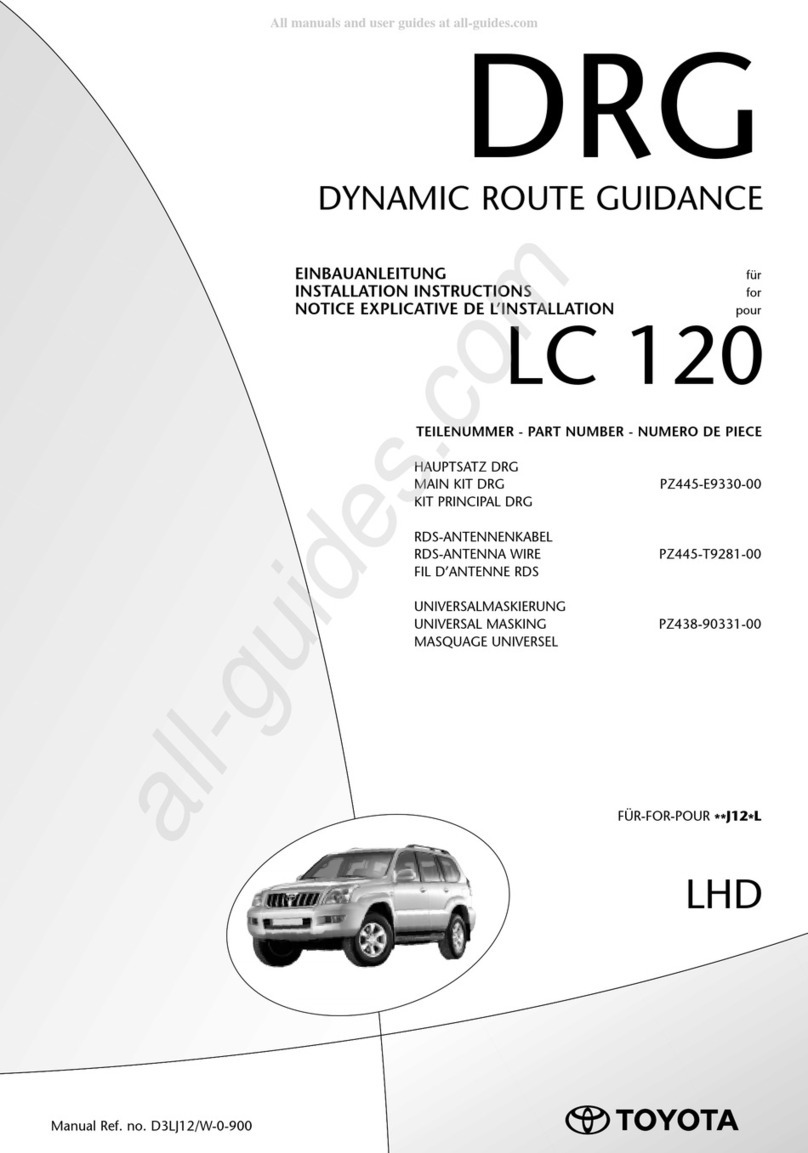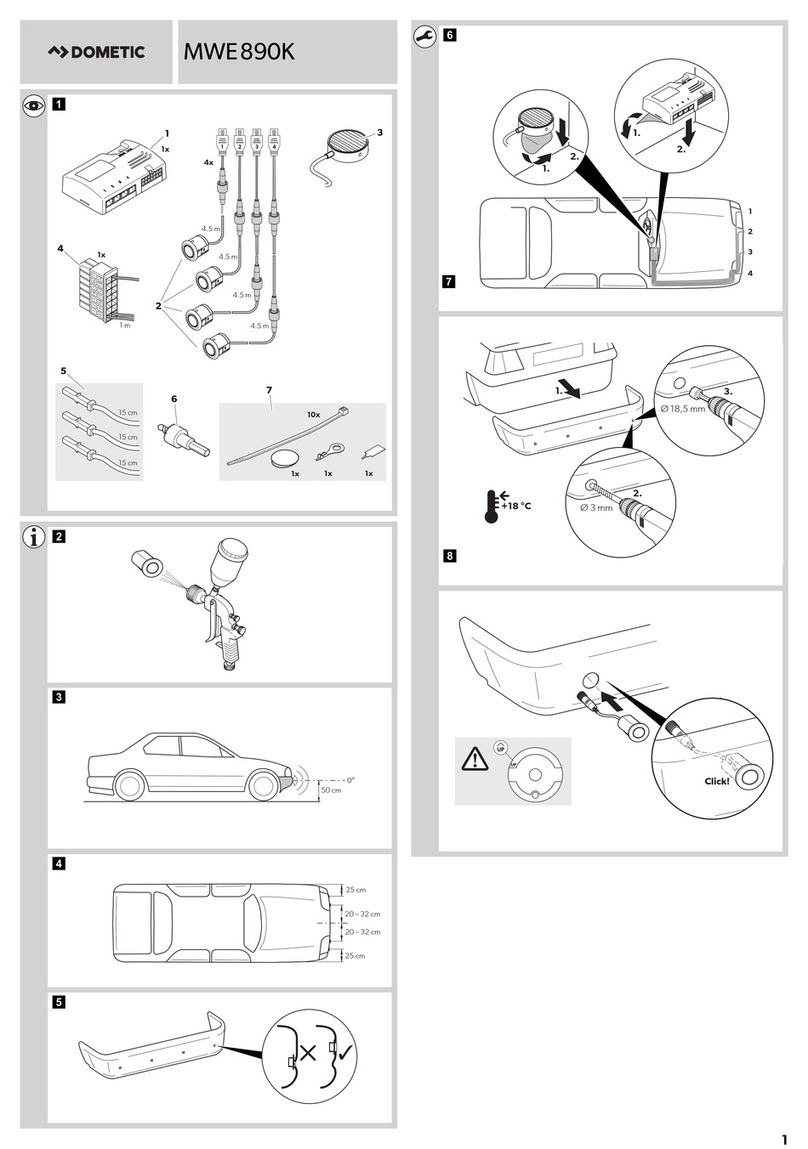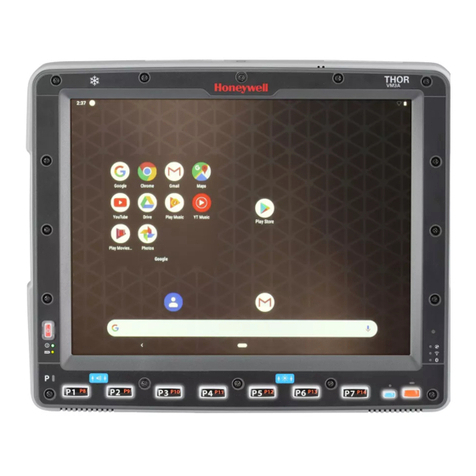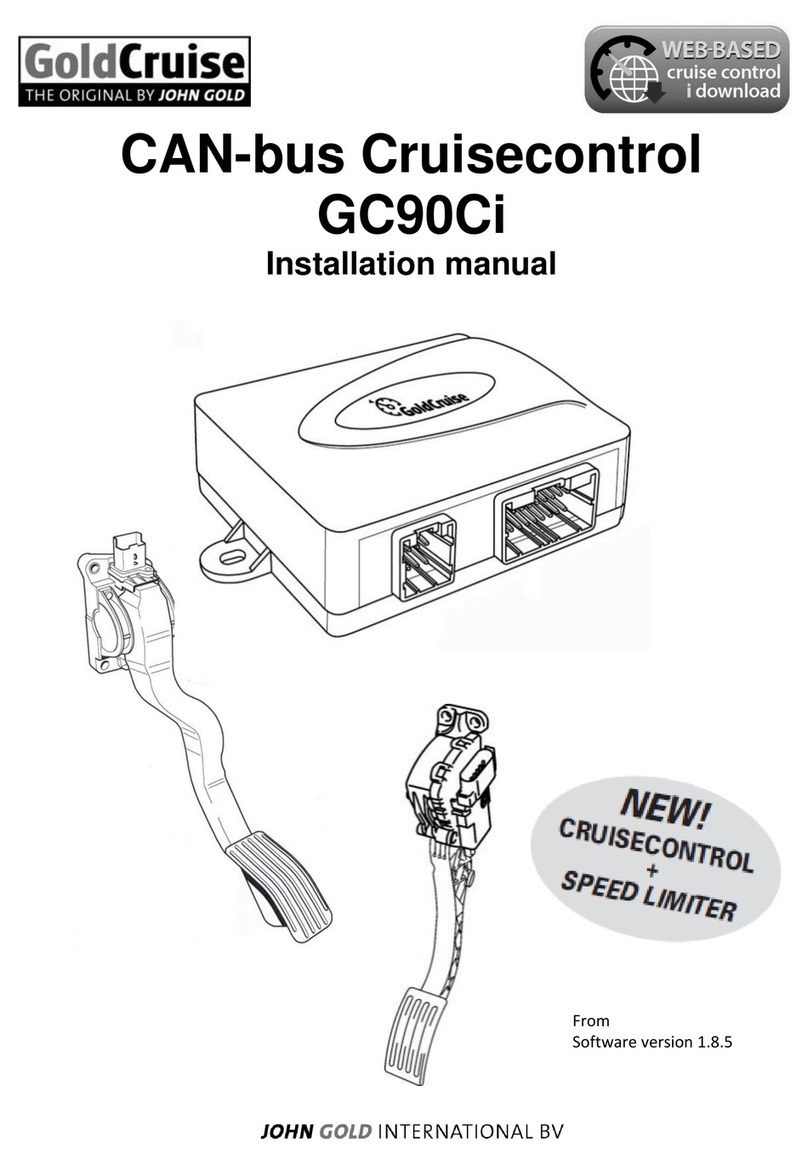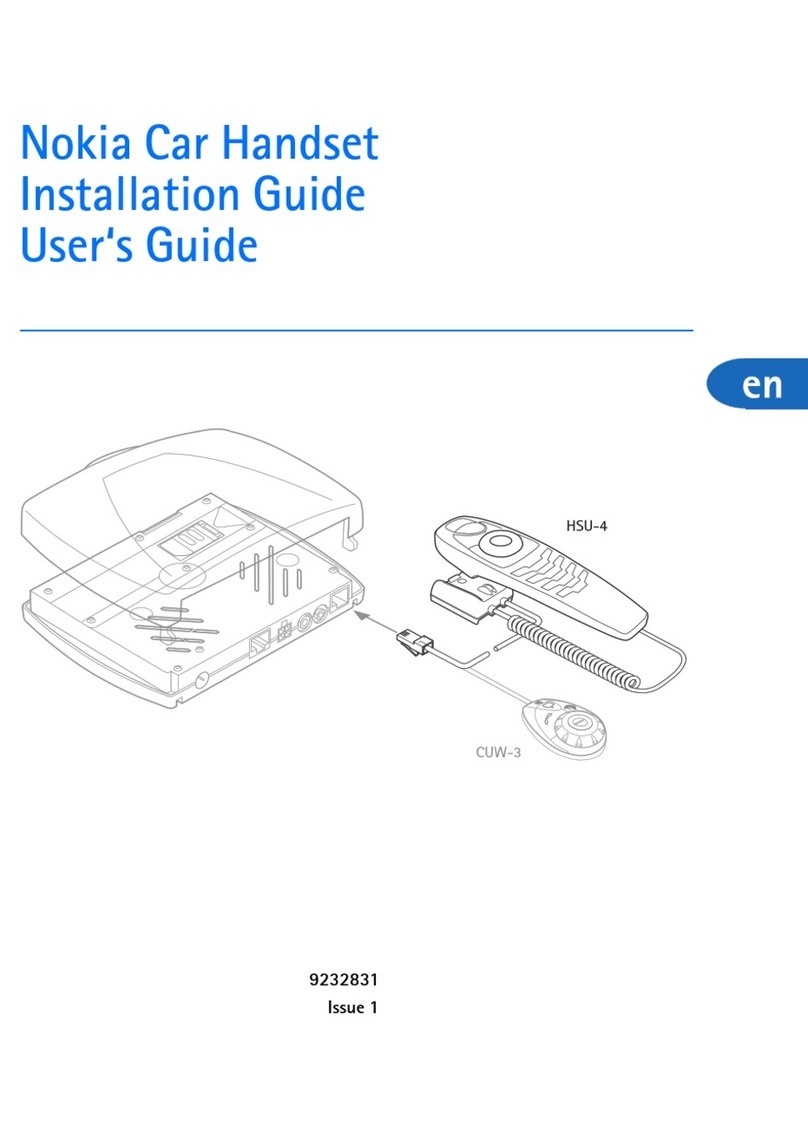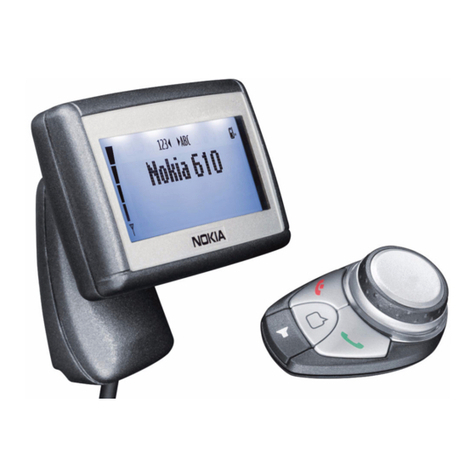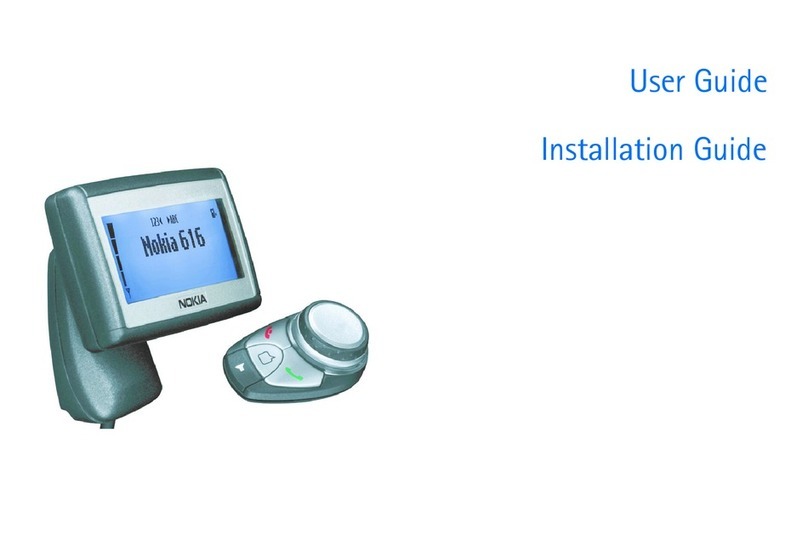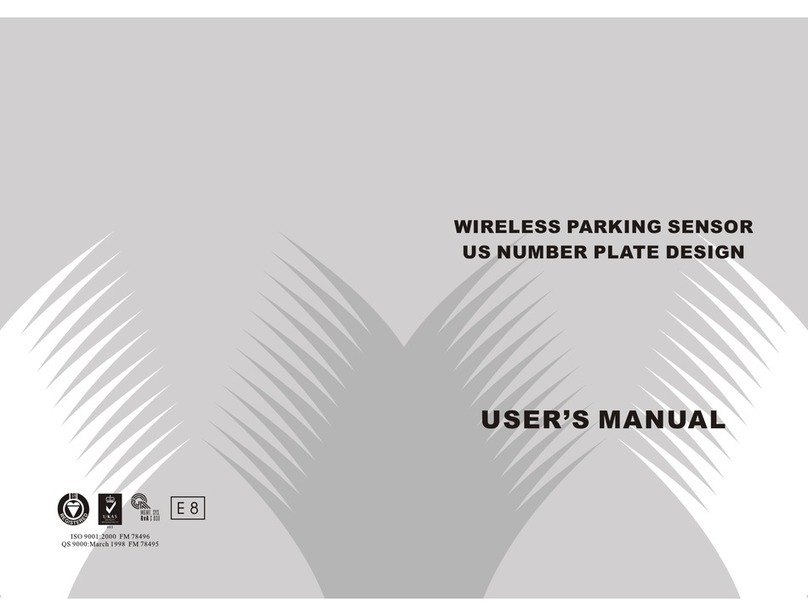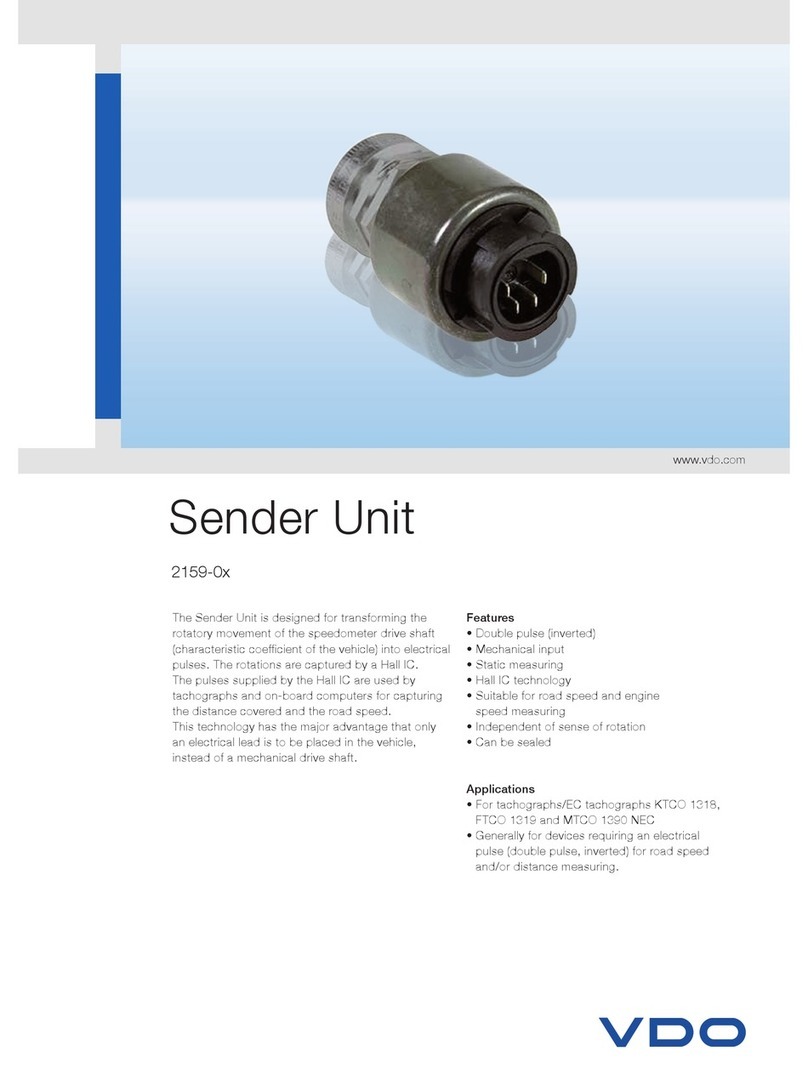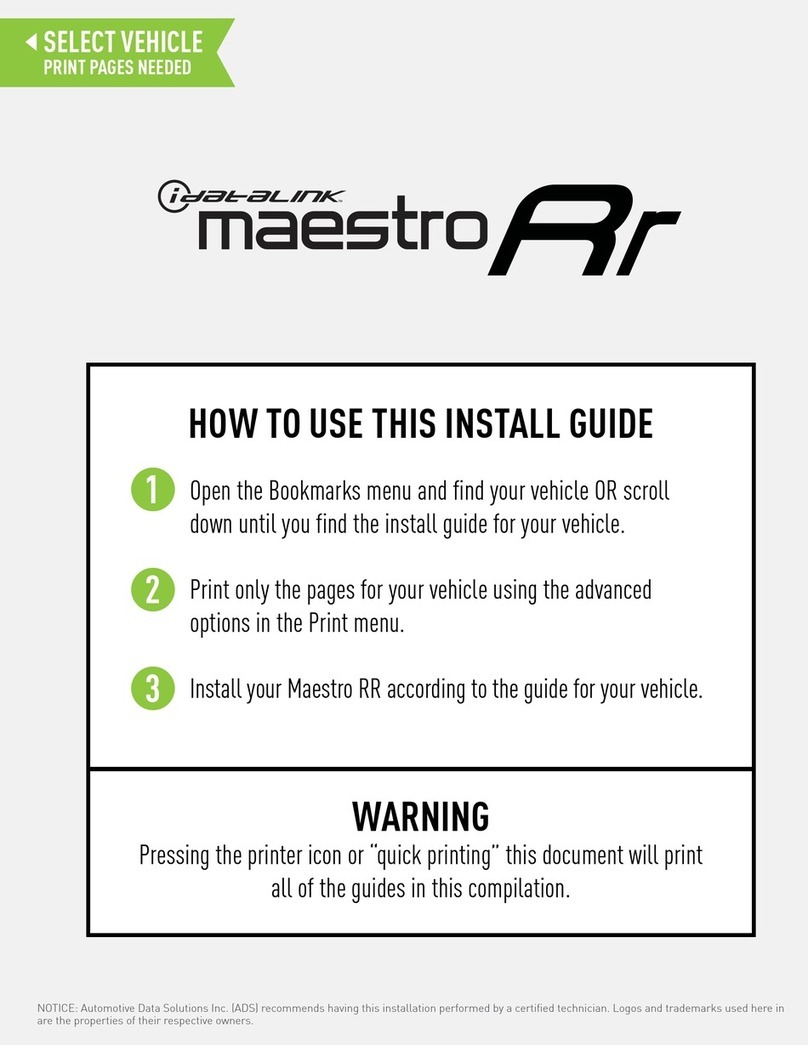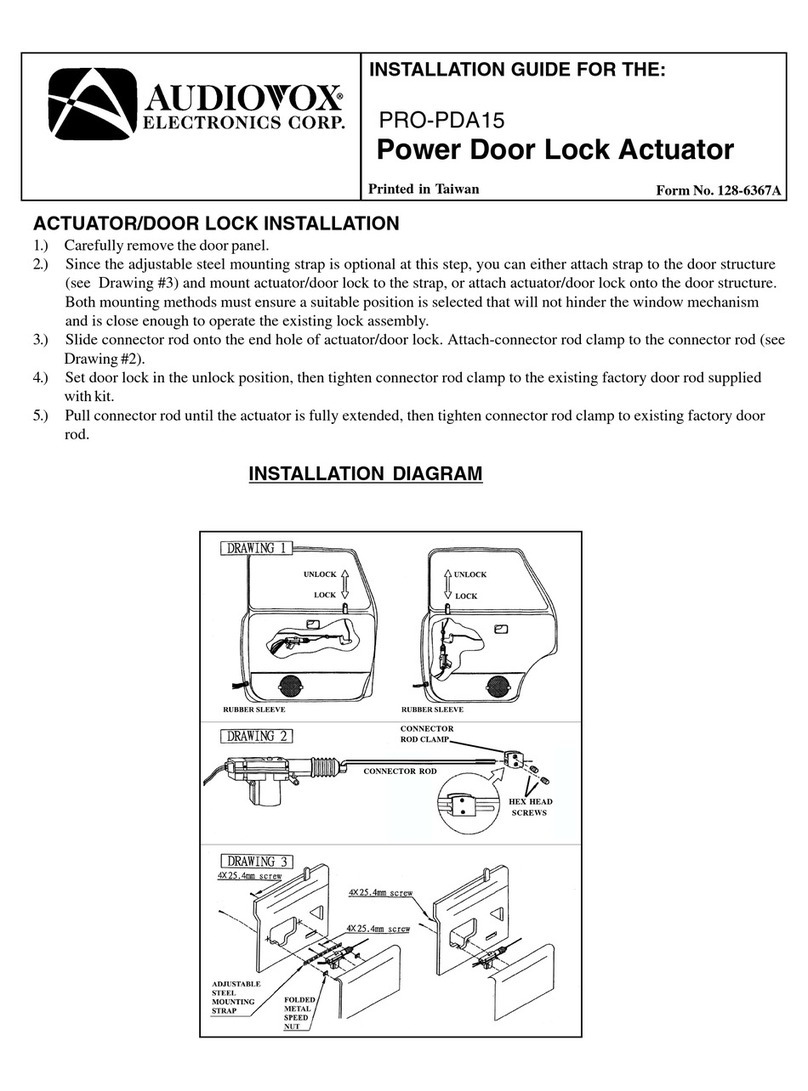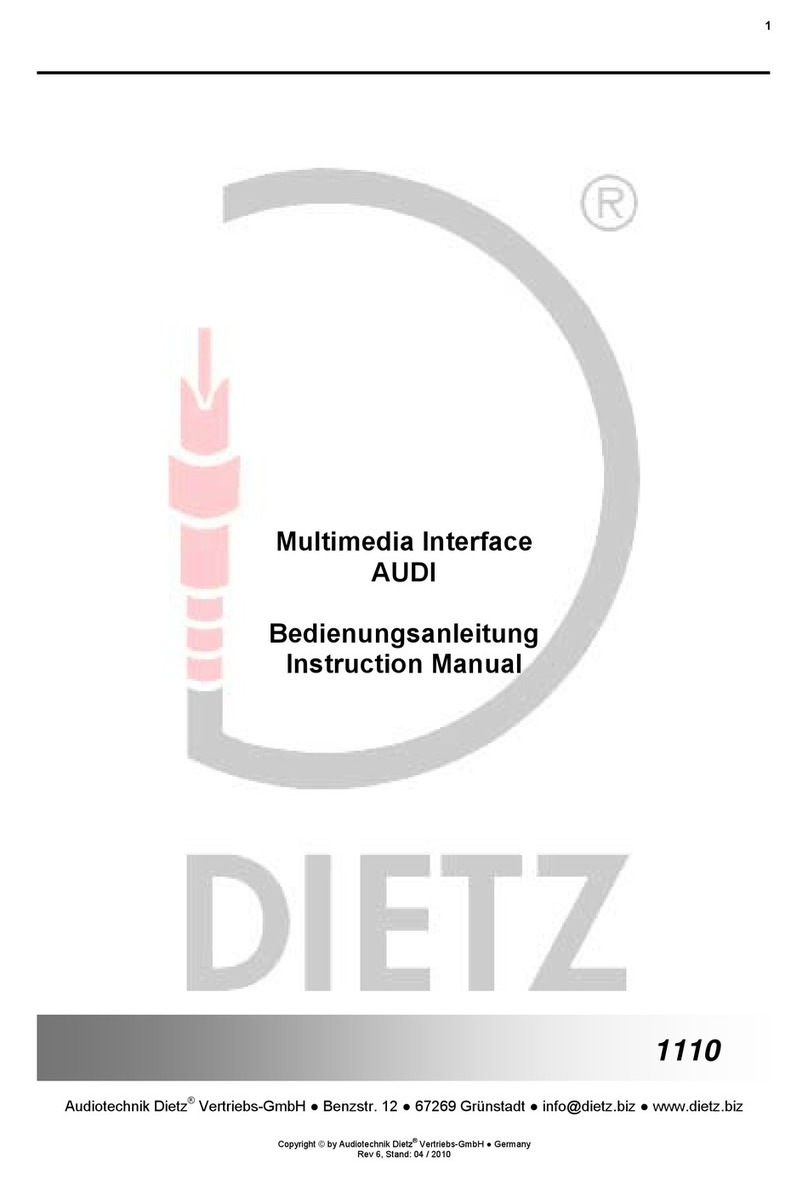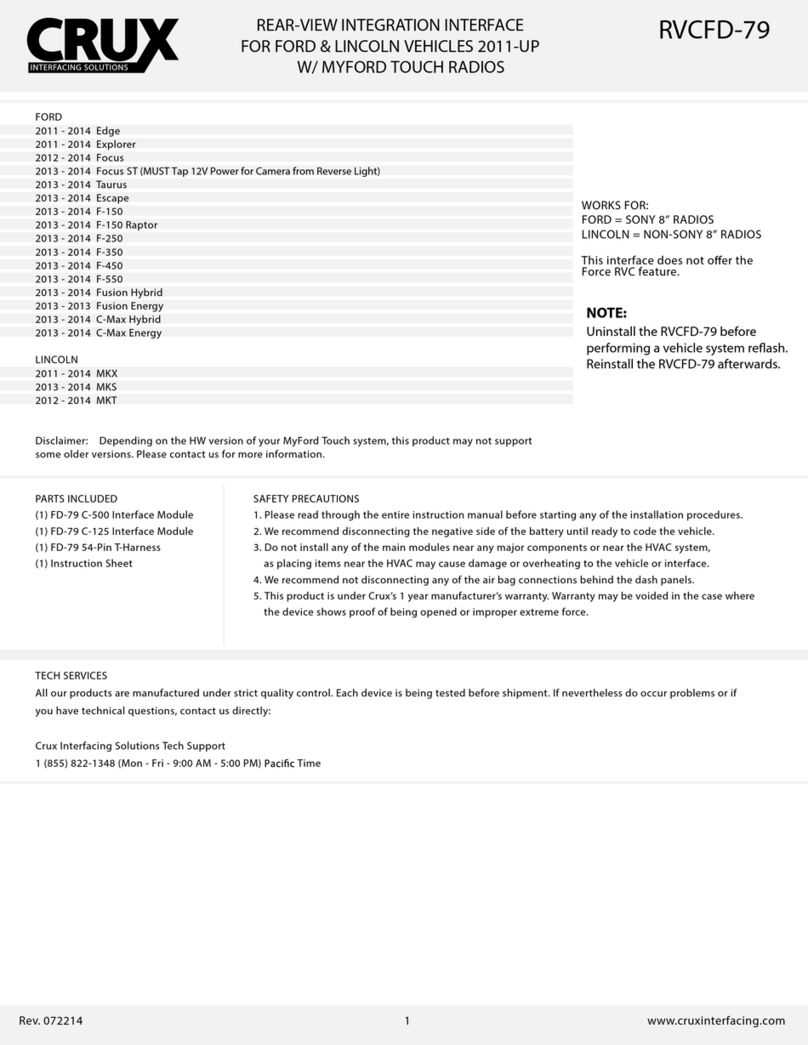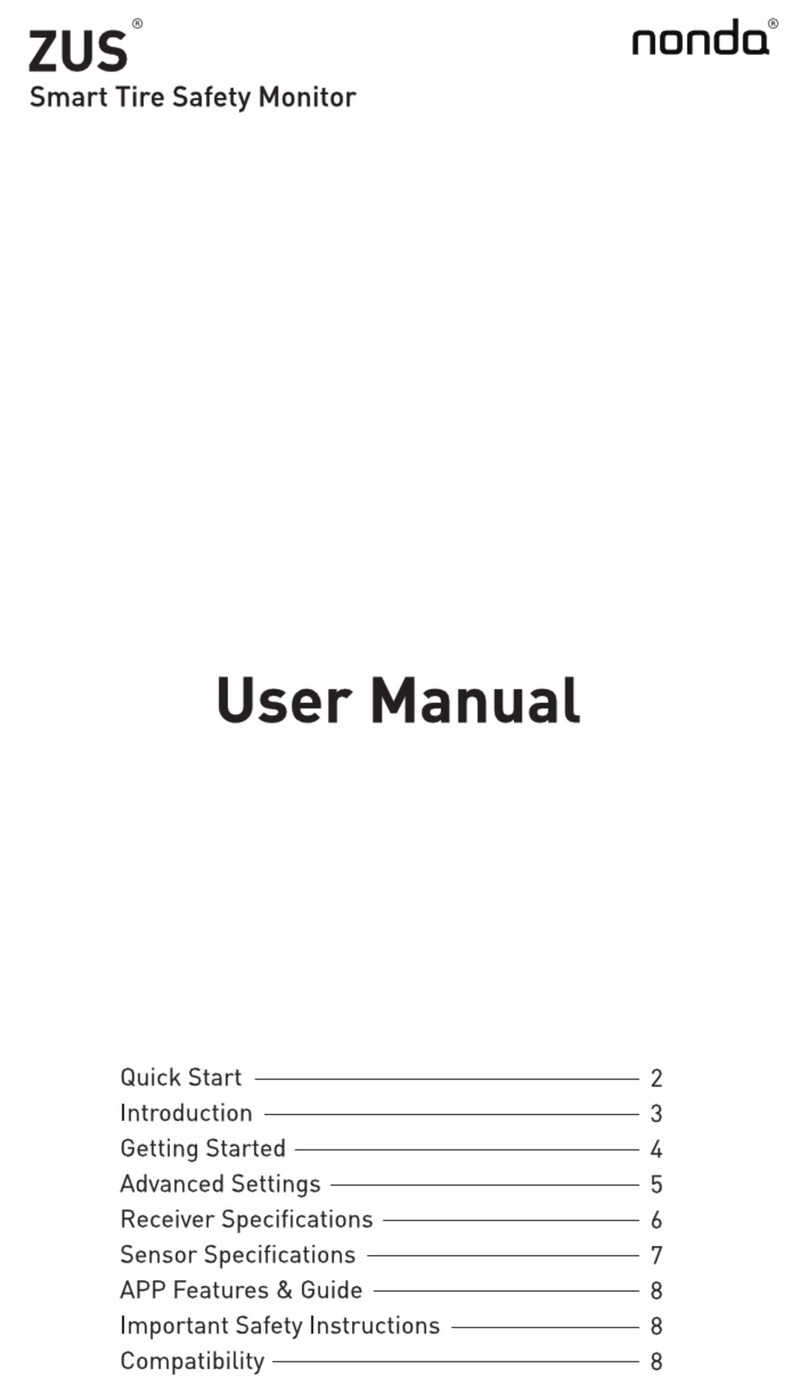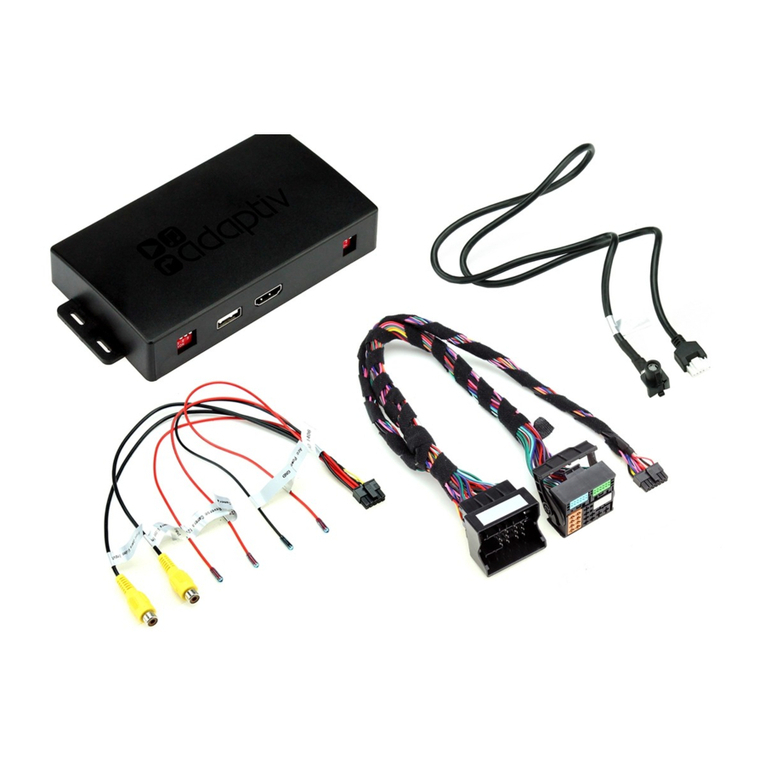
Table of contents
©1999 Nokia Mobile Phones. All rights reserved.
Table of contents
For Your Safety . . . . . . . . . . . . . . . . . . . . . . . . . . . . . . . . . 7
Welcome . . . . . . . . . . . . . . . . . . . . . . . . . . . . . . . . . . . . . . . 8
About labels on your car phone . . . . . . . . . . . . . . . . . . . . 8
Security code . . . . . . . . . . . . . . . . . . . . . . . . . . . . . . . . . . . 8
Using this guide . . . . . . . . . . . . . . . . . . . . . . . . . . . . . . . . . 8
1. Getting Started . . . . . . . . . . . . . . . . . . . . . . . . . . . . . . 9
Inserting a SIM card in the radio unit . . . . . . . . . . . . . . . 9
Inserting a SIM card in the handset . . . . . . . . . . . . . . . . . 9
Using the keys . . . . . . . . . . . . . . . . . . . . . . . . . . . . . . . . . 10
Switching the car phone on and off . . . . . . . . . . . . . . . 10
The display indicators . . . . . . . . . . . . . . . . . . . . . . . . . . . 11
2. Basic Functions . . . . . . . . . . . . . . . . . . . . . . . . . . . . . 12
Making a call . . . . . . . . . . . . . . . . . . . . . . . . . . . . . . . . . . 12
Receiving a call . . . . . . . . . . . . . . . . . . . . . . . . . . . . . . . . 12
Adjusting the volume . . . . . . . . . . . . . . . . . . . . . . . . . . . 13
Redialling last number . . . . . . . . . . . . . . . . . . . . . . . . . . 13
Storing a name and phone number in the Phone book 13
Making a call using the Phone book . . . . . . . . . . . . . . . 14
3. Other Essential Functions . . . . . . . . . . . . . . . . . . 15
Setting the time . . . . . . . . . . . . . . . . . . . . . . . . . . . . . . . . 15
Selecting a ringing tone . . . . . . . . . . . . . . . . . . . . . . . . . 15
In-call options . . . . . . . . . . . . . . . . . . . . . . . . . . . . . . . . . 15
Voice messages . . . . . . . . . . . . . . . . . . . . . . . . . . . . . . . . 16
Text messages . . . . . . . . . . . . . . . . . . . . . . . . . . . . . . . . . 16
Fax and data call . . . . . . . . . . . . . . . . . . . . . . . . . . . . . . . 17
Ignition sense . . . . . . . . . . . . . . . . . . . . . . . . . . . . . . . . . 17
Automatic power-off . . . . . . . . . . . . . . . . . . . . . . . . . . . 18
Car radio mute . . . . . . . . . . . . . . . . . . . . . . . . . . . . . . . . . 18
Backlight dimming . . . . . . . . . . . . . . . . . . . . . . . . . . . . . 18
4. Using the Menu . . . . . . . . . . . . . . . . . . . . . . . . . . . . 19
Accessing the menus by scrolling . . . . . . . . . . . . . . . . . 19
Accessing the menus by shortcut . . . . . . . . . . . . . . . . . 19
List of menu functions . . . . . . . . . . . . . . . . . . . . . . . . . . 20
1 Phone book . . . . . . . . . . . . . . . . . . . . . . . . . . . . . . . . . . 22
2 Messages . . . . . . . . . . . . . . . . . . . . . . . . . . . . . . . . . . . 24
3 Call register . . . . . . . . . . . . . . . . . . . . . . . . . . . . . . . . . 26
4 Settings . . . . . . . . . . . . . . . . . . . . . . . . . . . . . . . . . . . . . 27
5 Call divert . . . . . . . . . . . . . . . . . . . . . . . . . . . . . . . . . . . 30
6 Call counters . . . . . . . . . . . . . . . . . . . . . . . . . . . . . . . . 30
7 Calculator . . . . . . . . . . . . . . . . . . . . . . . . . . . . . . . . . . . 31
8 Clock . . . . . . . . . . . . . . . . . . . . . . . . . . . . . . . . . . . . . . . 32
9 Tones . . . . . . . . . . . . . . . . . . . . . . . . . . . . . . . . . . . . . . . 32
5. Reference Information . . . . . . . . . . . . . . . . . . . . . 34
Facts about cellular transmission . . . . . . . . . . . . . . . . . 34
Access codes . . . . . . . . . . . . . . . . . . . . . . . . . . . . . . . . . . 35
Battery information . . . . . . . . . . . . . . . . . . . . . . . . . . . . 36
Accessories . . . . . . . . . . . . . . . . . . . . . . . . . . . . . . . . . . . . 37
6090 DIN/ISO installation kit . . . . . . . . . . . . . . . . . . . . . 37
